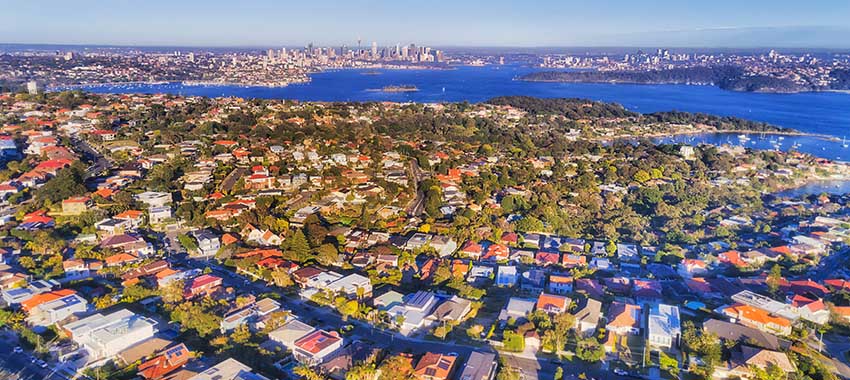
Australian house prices were up by 1.3 per cent in November, the softest rise recorded by CoreLogic since January.
The research firm’s national home value index has recorded positive growth for the 14th month in a row, taking national housing values 22.2 per cent higher over the last year and adding around $126,700 to the median value of an Australian home.
Although prices have continued to rise, the November result is the most moderate since January, when values rose by 0.9 per cent.
CoreLogic has noted there has been a notable trend towards milder price growth, with research director Tim Lawless attributing the slowdown to a number of reasons.
“Virtually every factor that has driven housing values higher has lost some potency over recent months,” Mr Lawless said.
“Fixed mortgage rates are rising, higher listings are taking some urgency away from buyers, affordability has become a more substantial barrier to entry and credit is less available.”
Andy Kerr, NAB executive, home ownership, echoed Mr Lawless, commenting there are signs of house prices easing as supply comes back on to the market.
The big four bank expects the market will remain strong until the end of the year with a forecast annual rise of 23 per cent for dwelling prices, before a more subdued 5 per cent increase in 2022.
For houses alone, it expects prices will have risen by 25 per cent in 2021 and around 5 per cent in 2022.
However, conditions have diverged across different cities, with Brisbane and Adelaide recording their fastest paces of growth, while conditions across Sydney and Melbourne have slowed more sharply.
CoreLogic reported Brisbane and Adelaide are the only capital cities that are yet to experience a slowdown, with their monthly rates of growth reaching a new cyclical high in November.
Brisbane home values were up by 2.9 per cent, the highest since October 2003, while Adelaide values rose by 2.5 per cent, the highest since February 1993. In dollar terms, CoreLogic calculated the rises equated to around $18,500 and $13,500 respectively, based on median values.
“Relative to the larger cities, housing affordability is less pressing, there have been fewer disruptions from COVID lockdowns and a positive rate of interstate migration is fueling housing demand,” Mr Lawless said.
“On the other hand, Sydney and Melbourne have seen demand more heavily impacted from affordability pressures and negative migration from both an interstate and overseas perspective.”
Across the cities, houses have continued to outperform units, with values up 1.2 per cent for houses versus 0.7 per cent for their counterparts over November.
However, the quarterly rate of growth is now the narrowest it has been since October last year, with 1.6 percentage points between the two housing types.
According to CoreLogic, capital city houses are now 37.9 per cent more expensive than capital city units, an average difference of around $240,500 – the largest difference on record.
“With such a large value gap between the broad housing types, it’s no wonder we are seeing demand gradually transition towards higher density housing options simply because they are substantially more affordable than buying a house,” Mr Lawless said.
Mr Kerr added: “Unit prices have been more subdued than houses and because CBDs are opening, people can see the lure of the CBD, particularly younger buyers.
“The lure of being close to the CBD and all the lifestyle that offers and the value in an apartment, we are seeing the balance is starting to tip back.”
He had also observed families seeking space in outer suburbs, where they can get “more value for larger properties”, while inner-city suburbs had seen “little green shoots” of people returning.
But the slowdown in the housing market is less evident across regional areas, with combined “rest-of-state” regions seeing a 2.2 per cent rise in November, double that of the combined rate for capital cities (1.1 per cent).
Regional Tasmania managed growth of 2.5 per cent for the month, and 29.8 per cent for the year to November, while regional NSW saw 2.4 per cent monthly growth compared to a 29.1 per cent rise for the year. CoreLogic noted the states were “standouts” for capital growth.
[Related: Brokers write two-thirds of Australian mortgages]
